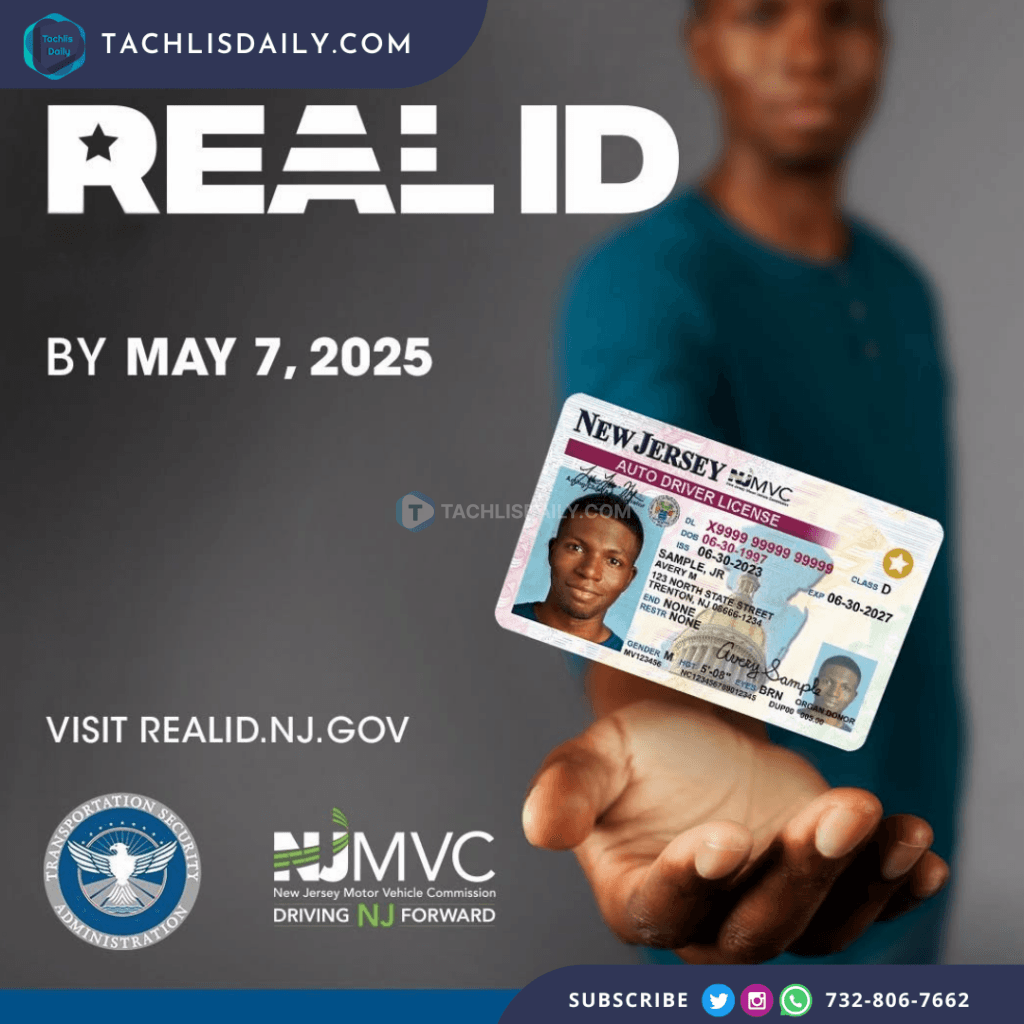
The federal Real ID requirement is now officially in effect as of May 7, 2025, marking a significant change for domestic air travelers and individuals seeking access to secure federal facilities across the United States. Enforced by the Transportation Security Administration (TSA), the Real ID Act mandates that all travelers boarding domestic flights must present a Real ID-compliant form of identification, or a federally approved alternative such as a valid passport or enhanced driver’s license.
The Real ID Act was originally passed by Congress in 2005 following recommendations from the 9/11 Commission to strengthen security standards for government-issued identification. Its full implementation has been delayed multiple times due to the COVID-19 pandemic, but the law is now being enforced at TSA checkpoints nationwide. Identification cards that meet Real ID standards are marked with a star in the top right corner. Variations exist by state—for instance, California includes a golden bear with the star.
Travelers without a Real ID won’t be completely grounded. According to Department of Homeland Security officials, those individuals will still be able to fly domestically but must undergo additional screening. They may be diverted to different lines and face extra security steps before boarding. Enhanced driver’s licenses from select states—Washington, Michigan, Minnesota, New York, and Vermont—are also considered compliant and accepted for travel purposes.
To obtain a Real ID, applicants must visit their local Department of Motor Vehicles (DMV) and provide several documents including proof of identity, date of birth, Social Security number, lawful status, and two documents confirming residency. Examples of acceptable proof for a Social Security number include a Social Security card, W-2, or SSA-1099 form.










